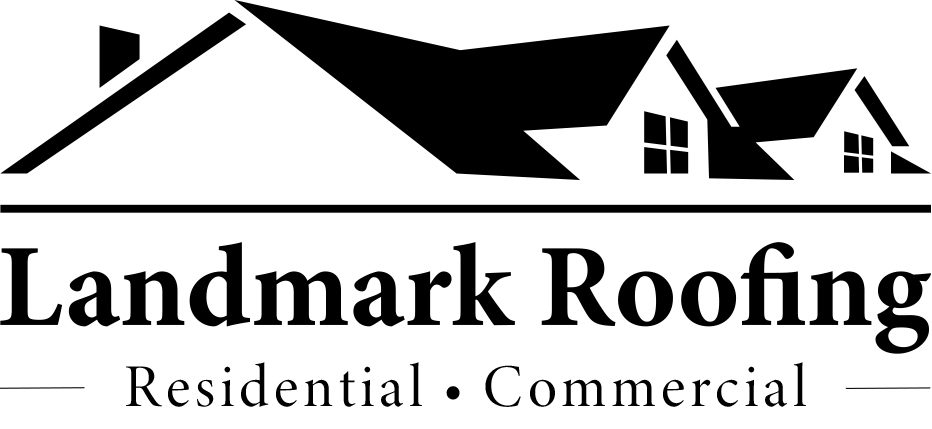When you look up at your roof, the main thing you probably notice is your shingles. However, the topper to your house is comprised of a network of parts that work together to keep the elements out and your desired atmosphere inside. Learn about the parts of your roof and how they work together.
ROOFING FOUNDATION
The roof doesn’t have the same style of foundation as the flooring. Instead, the foundation of the roof is a framework, colloquially called rafters. However, the rafter, or the diagonal boards that form the truss, is just one component of the framework.
The roofing foundation also includes posts and struts. They all connect to a ridge board, which consists of a wooden or metal board spanning across the peak of the roof.
This framework provides the shape of your roof. The gable roof is the stereotypical pointed top shape. Other shapes include mansard, hip, shed, and gambrel. Shapes such as mansard and gambrel are more common with historical styles, such as Colonial.
ROOF DECKING
The next layer up from the roofing framework is the decking, or sheathing. This layer is essentially the flat part of the foundation. Homebuilders lay this solid layer over the framework.
Builders have different options for the decking material. One of the modern options is oriented strand board, which consists of layers of wood strands that the manufacturers have compressed along with water-resistant adhesives. This material is one of the budget options.
The popular sheathing material is plywood, which consists of two or more layers glued and pressed together. As with OSB, the manufacturers alternate the graining for strength. Builders use a grade of plywood rated especially for roofs.
ROOF UNDERLAYMENT
Unless an accident occurs to severely damage your roof, such as a tree falling onto it, the above two layers of the roof are likely to remain the same from the time you built your roof. If you replace your roof, though, the contractors may replace the underlayment. This is the layer between the shingles and the decking.
A popular material of the underlayment is felt. Unlike the felt used in crafting, roofing felt consists of durable paper the manufacturers have saturated with asphalt or added fiberglass to.
A modern option is the synthetic underlayment. These underlayments come in different grades and can target to different needs. Manufacturers use either polyethylene or polypropylene, and the different grades come from how they’re weighted. Likewise, roofers can choose different synthetics based on their utility, such as the ability for exposure during construction.
One of the options for a specialty synthetic underlayment is the ice and water shield. This underlayment is a self-adhering layer that can prevent the damage that melting ice dams cause. This doesn’t prevent the formation of ice dams, but this does provide an extra layer between the melting ice and your roof decking.
ROOF SHINGLES
The most visible layer of your roof is the shingling. Most homeowners choose asphalt shingles because they’re durable and budget-friendly. Within that material option, you can choose between standard flat shingles, three-tab, and architectural varieties. Your choice will impact the overall appearance of your roof.
Other roofing material options are high-end. These include tile, wood, and slate. Each of those materials carries their own benefits and challenges. For instance, people consider wood beautiful but high-maintenance. Slate will last a century, but it’s expensive. Tile falls somewhere in between those two materials in both durability and price.
ROOF FASCIA AND SOFFIT
The finishing elements of your roof are the fascia and the soffit. The fascia is the visible band that covers the rafters directly under the shingles. The soffit is the part of the roof that spans from the fascia to the wall underneath the overhang.
Besides aesthetics, these two elements also add a layer of protection. Wind can whip water around. If these two elements aren’t in place — or aren’t well-maintained — water can collect under your shingles and create damage.
Know the parts of your roof so you can make informed decisions when faced with repairs. If you think you have a roofing issue, contact the experts at Landmark Roofing.

